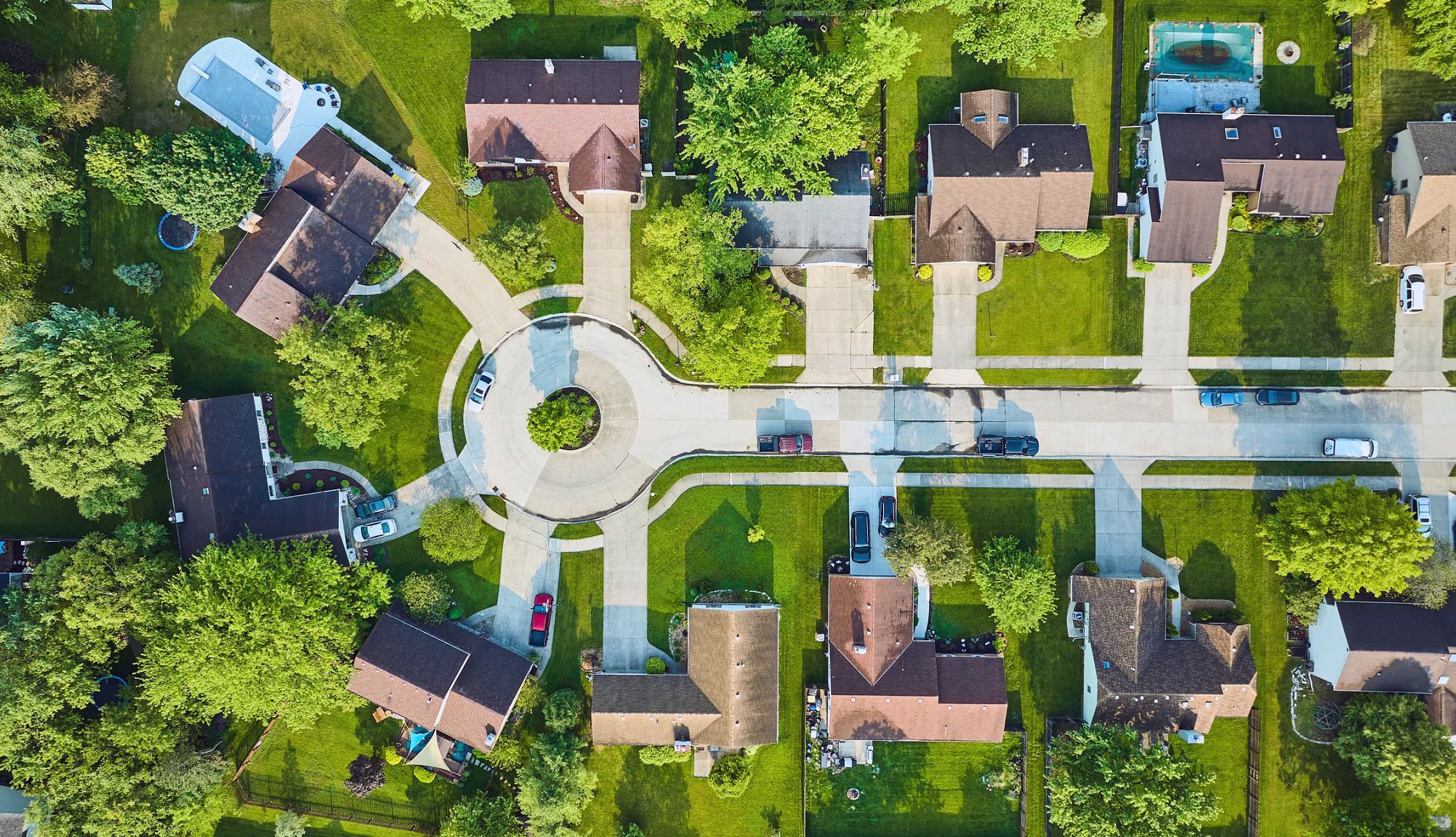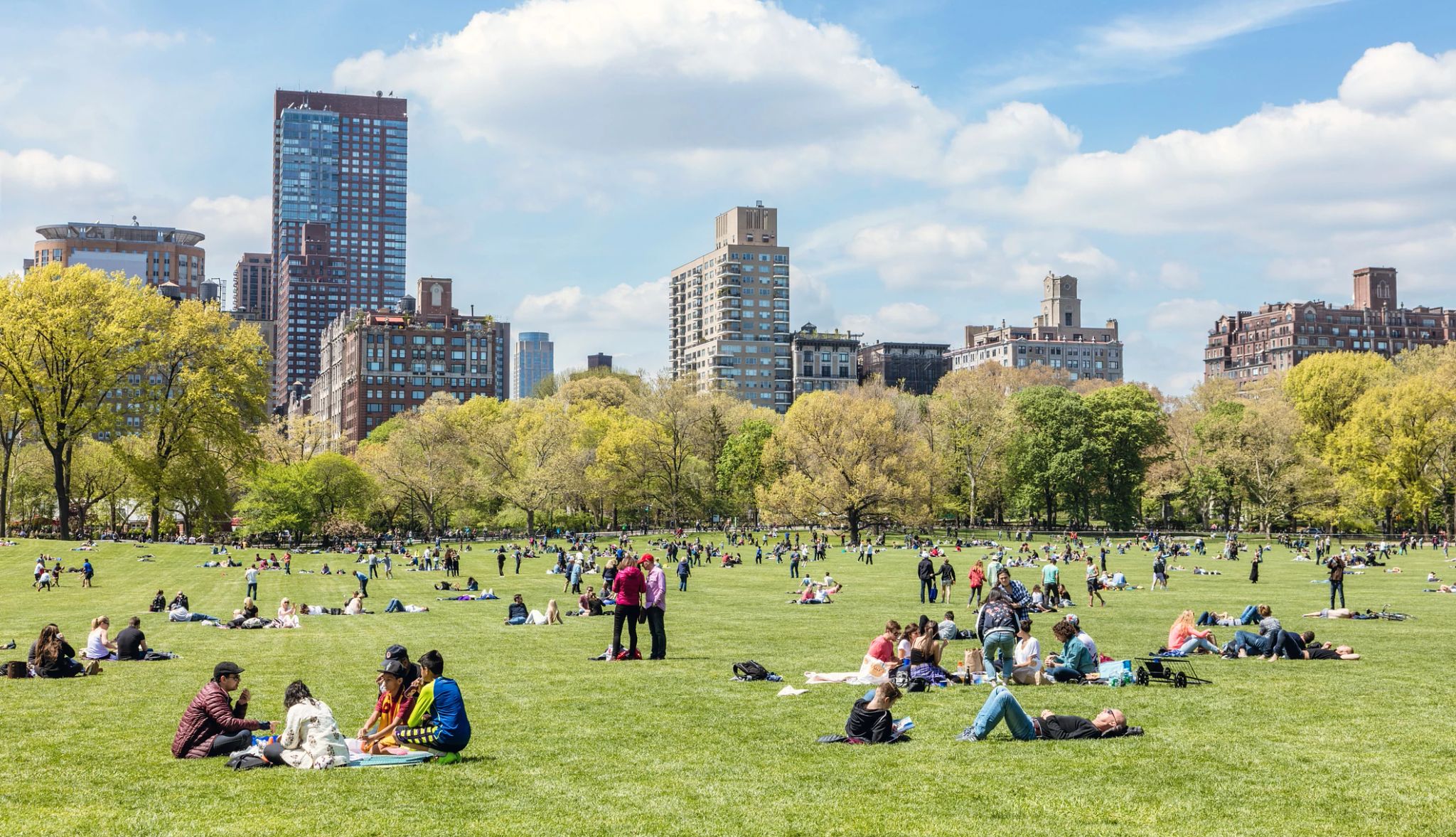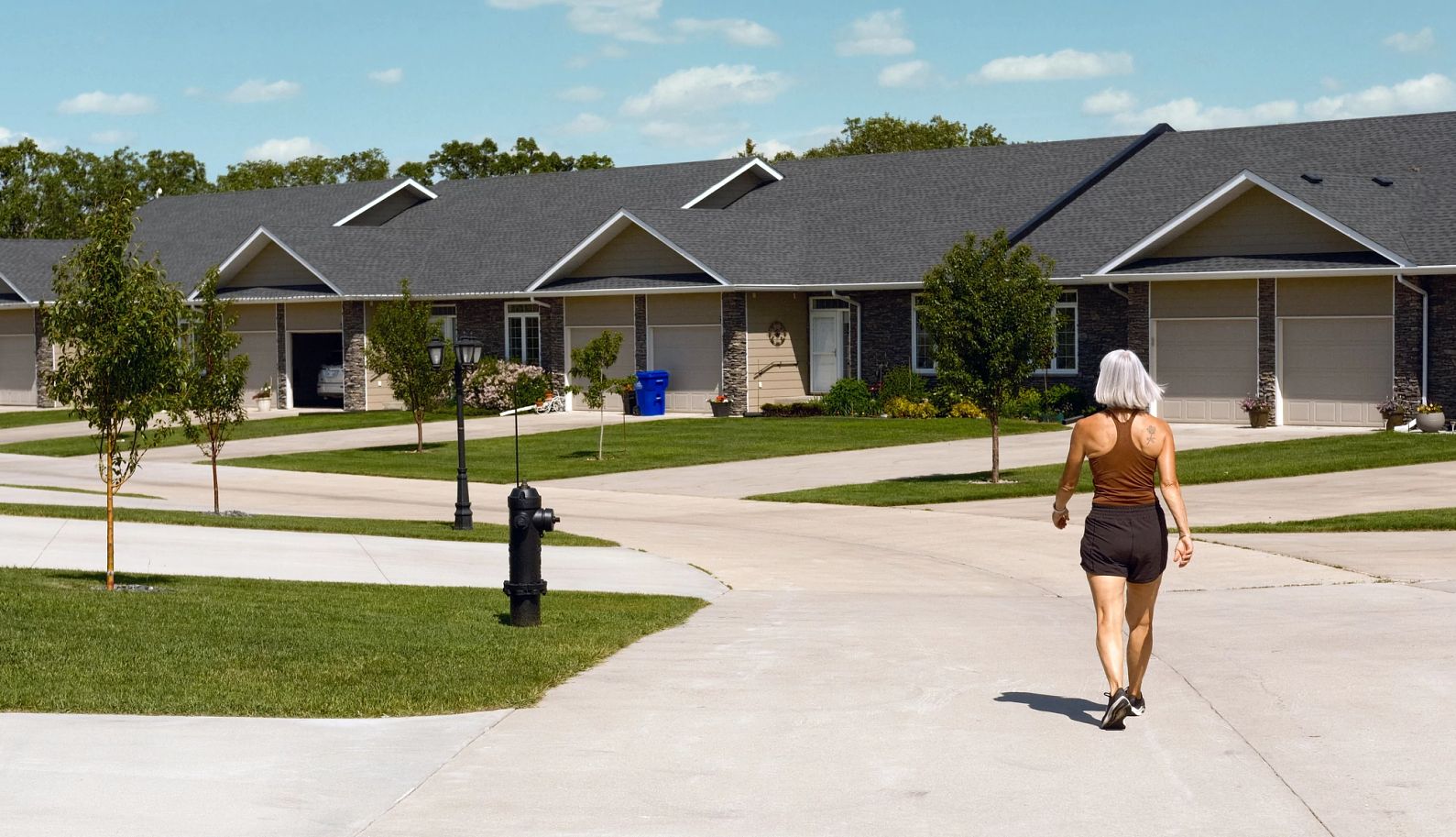AARP Hearing Center


If you were asked to name the factors that raise your risk for heart disease, cancer, diabetes or any other disease affected by lifestyle, you’d likely mention the usual suspects: drinking too much, exercising too little, smoking. And you wouldn’t be wrong.
A growing body of research, however, suggests some surprising culprits should be added to the list. They have nothing to do with lifestyle habits and everything to do with what experts call your “built environment.” That used to mean just places and spaces like parks, buildings and transportation systems. But the definition has expanded to include a neighborhood’s walkability and bikeability, as well as access to healthy food and community gardens.
One study, published recently in the Journal of the American Heart Association, found that people who live with an abundance of environmental adversities — like air pollution and water pollution, heavily trafficked roads and a dearth of green spaces — may have up to twice the risk for developing heart disease and stroke.
“Our health isn’t just about what we eat or how often we exercise; it’s also about the world right outside our front door,” says David Rojas, M.D., assistant professor of epidemiology at Colorado State University and Colorado School of Public Health. “The neighborhood we live in plays a surprisingly large role in our well-being, often without us even realizing it.
“Think about your daily routine,” Rojas adds. “Do you have a park nearby for a morning walk? What’s the quality of the air you breathe? Is there a corner store or farmers’ market where you can buy fresh produce? These seemingly small details of our built environment can have a big impact on our health as we age.”
Is your neighborhood making you sick? Keep reading for five ways your environment might be affecting your health.


1. It’s short on green spaces
The obvious health benefit of having easy access to a park isn’t the only one. Sure, parks are like an open invitation to stay physically active. But turns out there’s more at play.
“Exposure to green spaces has been linked to lower levels of stress hormones, improved mood and overall well-being,” says Sarju Ganatra, M.D., medical director of sustainability and director of the Cardio-Oncology Program at Beth Israel Lahey Hospital & Medical Center, Burlington, Massachusetts.
One review of research published in 2022 in JAMA Network Open suggests that exposure to green spaces also improves cognitive function. A team of researchers compared cognitive test results of more than 13,500 women, average age 61, against the amount of green space they had easy access to and found that the women living in areas with more green space had higher scores on thinking speed, attention and overall cognitive function.
“Parks can foster social interactions and community cohesion, which are also beneficial for mental and emotional health,” Ganatra says. That’s not all. “The presence of trees and greenery can improve air quality and reduce urban heat, contributing to better physical health outcomes.”







































































More From AARP
How to Convince a Partner to Get a Hearing Aid
Dr. Adam’s advice for encouraging a loved one to get their hearing testedA Guide to Healthy Weight Loss
Science-backed tools to help your weight loss journeyHow Much Do You Know About Diabetes Care?
Test your knowledge about tests, blood sugar levels, diet and more
Recommended for You